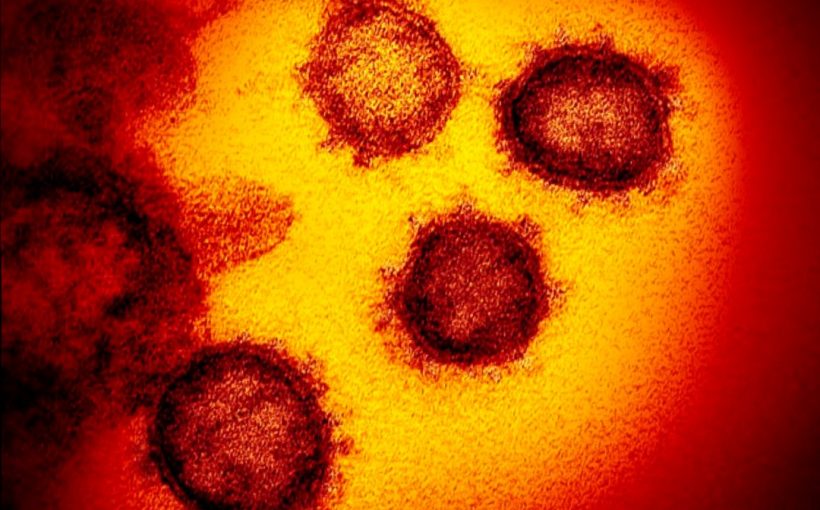Finding reliable, accurate information about the novel coronavirus COVID-19 is becoming more convoluted each day, especially when it comes to social media. With an overwhelming amount of information, it can be difficult to decipher fact versus fiction. Craig Martin, a professor and associate dean at the University of Kentucky College of Pharmacy, is the course coordinator for the comprehensive infectious diseases course in the Doctor of Pharmacy curriculum. He is busting myths and sharing truth about COVID-19 and its impact your community.
Fact or Fiction: The coronavirus can spread through the air and on surfaces.
Martin: Fact. Every time you sneeze, cough or even speak, you expel tiny droplets of air. Those droplets are either inhaled by others (if you are in very close contact) or they land on surfaces. Since the virus can survive outside the human body, someone else can contract the virus by contact with those surfaces.
Fact or Fiction: The novel coronavirus COVID-19 lives on surfaces for 48-72 hours.
Martin: Fact, and possibly longer. For this reason, disinfection of all surfaces is extremely important. High-touch surfaces are particularly vulnerable to contamination.
Fact or Fiction: Everyone who contracts the novel coronavirus COVID-19 has the same symptoms.
Martin: Fiction. As with many infections, symptoms can vary among those infected. Not everyone will have a fever, but most patients will have cough and upper respiratory symptoms, like a cold.
Fact or Fiction: Symptoms of the novel coronavirus COVID-19 appear immediately or else you’re not infected.
Martin: Fiction. In fact, symptoms are likely to take several days to appear and you are highly likely to be contagious before you even know you’re sick. This is why social distancing is so important, even for those who feel healthy.
Fact or Fiction: Speaking of social distancing—this means I cannot go outside at all. I must stay inside to stay safe.
Martin: Fiction. You are not at risk for contracting the virus by taking walks outside, as long as social distancing is maintained. Physical health and exercise are very important, and we all need to take care of ourselves. Go take a walk.
Fact or Fiction: Young, healthy adults are safe and shouldn’t be concerned about contracting the disease.
Martin: Fiction. No one is totally safe. While we are mostly concerned about the elderly and those with chronic health problems, young people can be affected as well. Beyond that, it is important for us to think about our friends and loved ones. Staying home is inconvenient and it compromises our way of life, but it is vital to protect my parents, your parents, our grandparents and friends with heart and lung disease. This is a time for us to step up and protect our most vulnerable.
Fact or Fiction: Gargling warm water or salt and vinegar eliminates the virus from your system.
Martin: Fiction. The only truly effective way to avoid the novel coronavirus COVID-19 infection is to avoid exposure.
Fact or Fiction: A hot bath can keep you from contracting the virus.
Martin: Fiction. Hot baths are great, but their benefits are probably only comfort-related. They cannot prevent COVID-19.
Fact or Fiction: Drinking water will prevent infection.
Martin: Fiction, but drinking water is still important—crucial, in fact. Not because it will prevent infection, but because your body requires adequate hydration, and this is especially important when you are sick. It will not prevent infection but may help limit some of the serious effects of illness.
Fact or Fiction: The virus is heat resistant.
Martin: Very high heat (think boiling) will kill the virus. Warm weather (think summer) may reduce the virus’s spread, but we will have to wait and see.
It’s important to listen to health care experts and find trusted news sources who you know are giving up-to-date information about the novel coronavirus COVID-19 and its impact on your community, which is changing day by day, hour by hour. Martin believes the best sources of information is the Center for Disease Control and Prevention at cdc.gov. Locally, Martin suggests tuning into the press conferences that Kentucky Governor Andy Beshear and his staff are holding each day.
University of Kentucky


